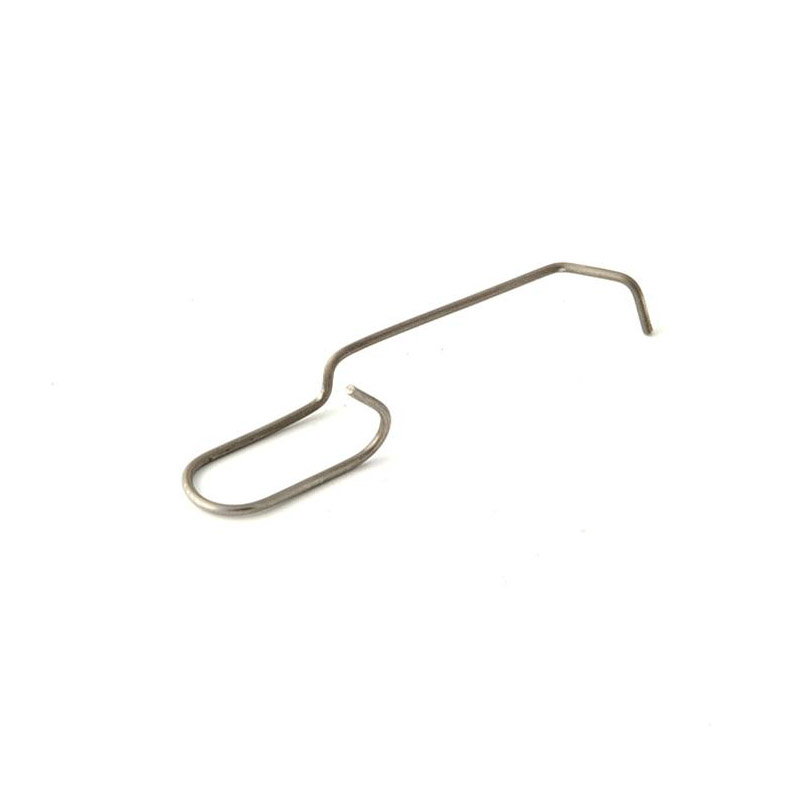
- Mobile Phone
- +8613931874955
- sales@cntcmetal.com
Application of Chicken Mesh in Modern Construction Techniques and Structural Reinforcement Strategies
The Use of Chicken Mesh in Construction
In recent years, the construction industry has seen a surge in innovative materials and methods aimed at increasing efficiency, durability, and cost-effectiveness. One such material that has gained popularity, particularly in certain regions, is chicken mesh, often referred to as poultry netting or wire mesh. While traditionally used in agricultural settings to contain chickens, this versatile wire mesh is making waves in the construction arena due to its numerous advantages.
Chicken mesh is made from low-carbon steel wire that is typically galvanized to prevent rusting and corrosion. Its design consists of a grid of hexagonal openings, which provide a sturdy yet flexible barrier. This property makes it an ideal solution for various construction applications, from reinforcing structures to creating partition walls.
The Use of Chicken Mesh in Construction
Moreover, chicken mesh is increasingly utilized in plastering. When applied as a substrate, it provides a solid foundation for plaster to adhere to, ensuring a smooth and durable finish. Its flexibility allows it to conform to various surfaces, making it suitable for both flat and irregularly shaped areas. Additionally, plastering with chicken mesh can enhance the fire resistance of buildings, an essential feature in safety regulations.
use of chicken mesh in construction

Another fascinating application of chicken mesh in construction is in creating wire frames for temporary structures. Events, exhibitions, and outdoor markets frequently require quick, cost-effective solutions. Chicken mesh can be fashioned into lightweight frames that serve as the skeleton for temporary installations. This usage highlights the material's flexibility and ease of handling, allowing for rapid assembly and disassembly, which is often a necessity in such scenarios.
Chicken mesh also plays a pivotal role in the world of sustainable construction. As the industry shifts toward more eco-friendly practices, many builders are seeking to reduce waste and utilize recycled materials. Chicken mesh, made from recyclable steel, fits well into this paradigm. Its incorporation within construction can promote a circular economy, where materials are reused and repurposed rather than disposed of after a single use.
Additionally, the cost-effectiveness of chicken mesh cannot be overstated. Compared to other construction materials, chicken mesh is relatively inexpensive and widely available. This affordability allows builders to save significantly on material costs without compromising on quality or safety.
However, while chicken mesh presents numerous benefits, it is essential to acknowledge that its effectiveness can be heavily influenced by the quality of the materials and the skill of the workers applying it. Proper installation practices must be followed to ensure that chicken mesh achieves its intended purpose, especially in applications involving structural integrity.
In conclusion, chicken mesh is proving to be a valuable asset in the construction industry, offering a myriad of benefits from reinforcing concrete to creating temporary structures. As builders continue to seek innovative and sustainable solutions to meet modern construction demands, the adaptability and affordability of chicken mesh will likely secure its place in the future of construction practices. This humble agricultural tool has truly found its niche in providing strength and versatility in the built environment.
share:
-
Your Source for Concrete Wall Ties and Masonry AccessoriesNewsJul.10,2025
-
Unlocking the Power of Iron Wire for Every ProjectNewsJul.10,2025
-
Explore Advanced Chain Wire and Stainless Steel Mesh FencingNewsJul.10,2025
-
Discover the Benefits of Annealed Wire ProductsNewsJul.10,2025
-
Discover China Stainless Steel Wire Mesh SolutionsNewsJul.10,2025
-
Build with Confidence Using High-Performance Masonry AccessoriesNewsJul.10,2025
-
Why Sacrificial Formwork Is Redefining Underground ConstructionNewsJun.06,2025



















